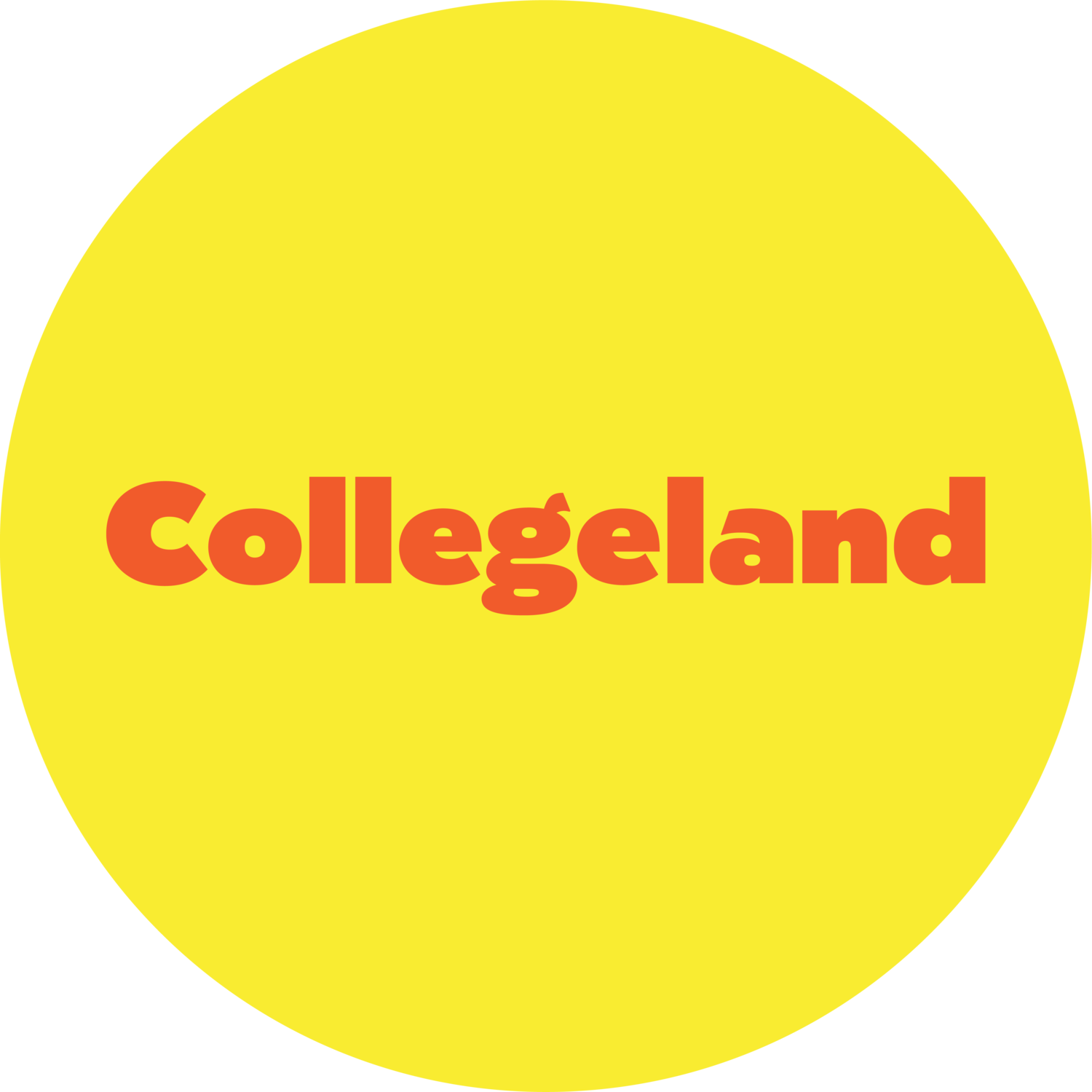Episode 8: Beyond the Land-Grab University
Land-grant universities are the legacy of the Morrill Act of 1862, which gave states throughout the Midwest and West upwards of eleven million acres to establish colleges that would focus on agriculture and the “mechanic arts.” This opened up higher education to people all over the country.
At least, that’s the narrative you’ll see in most U.S. history books.
The truth is that these land-grant universities were more like “land-grab” universities, as Robert Lee and Tristan Ahtone wrote in a widely circulated article for High Country News last summer. Not only are these campuses located on Native lands, but many universities sold the stolen land to create what are now, in some cases, absolutely enormous endowments.
So how can universities begin to redress these wrongs?
Give back the land, yes. But that’s not all, says Michael Dockry, assistant professor of forestry at the University of Minnesota and registered member of the Citizen Potawatomi Nation. He makes a clear and compelling case for how universities can use their land and money to benefit Native people and partner with tribes to support sustainable education and land management. Through this process, individual campuses and the entire academy will be transformed by Indigenous knowledge.
We conclude with another round of grading! For this Report Card segment, Nan and Lisa give their highest marks to the NCAA women’s basketball players, who totally rocked it on the court during the championship games last weekend despite their woefully inadequate training facilities.
About our guest
Michael Dockry is an assistant professor in the University of Minnesota’s Department of Forest Resources, where he is also an associate faculty member of the American Indian Studies Department and an Institute on the Environment Fellow. He is a member of the Citizen Potawatomi Nation.
Further reading
“Land-Grab Universities” by Robert Lee and Tristan Ahtone (High Country News)
“Sustainable development education, practice, and research: an indigenous model of sustainable development at the College of Menominee Nation, Keshena, WI, USA” by Michael J. Dockry, Katherine Hall, William Van Lopik, and Christopher M. Caldwell
This podcast is produced at the University of Wisconsin–Madison, which sits on Ho-Chunk land, and the University of North Carolina at Greensboro, which has long served as the site of meeting and exchange for a number of Indigenous peoples, including the Keyauwee and Saura.
Produced and edited by Richelle Wilson
Theme music by Josh Wilson
Show cover art by Margaux Parker
Episode cover art by Roy N on Pixabay
A special thanks to Wisconsin Humanities for their support.
Want to get in touch? Email us at collegelandpod@gmail.com or send us a voice memo on Anchor.fm.
